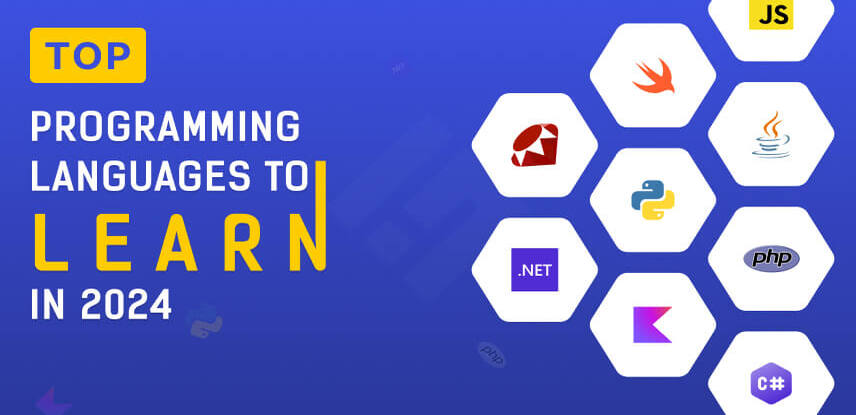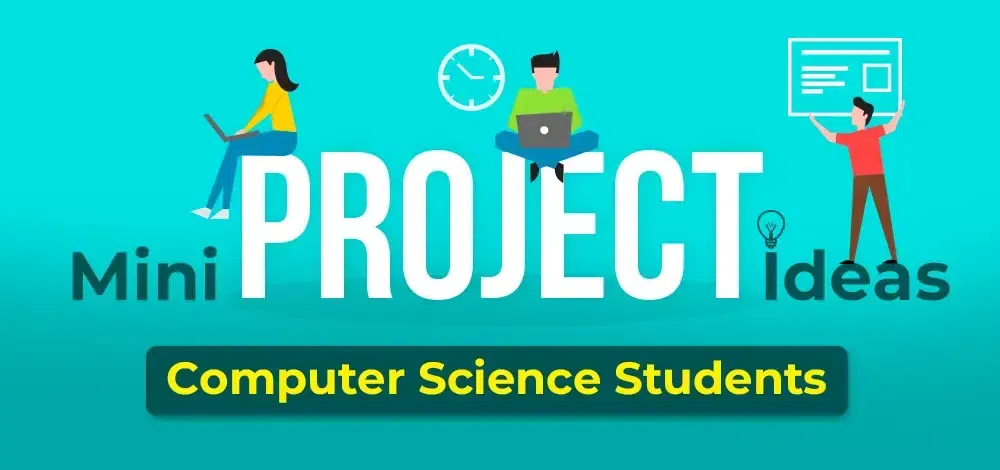Become Full Stack Developer in 2024
Full stack developer have the most demanded and high salary package job. But, becoming a full stack developer is needed to learn both front-end and back-end. So, fullstack developer need to adopt both technologies as well. In everyday industry, full stack development is dynamic and it is changing day by day with new technologies.
A full stack developer should gain all the knowledge to build robust web applications in web development. In this guide, we will give the key steps and essential skills that are needed to lead to the path of getting a job as a full stack developer.

1. Choose Integrated Development Environment (IDE):
An Integrated Development Environment (IDE) is needed to build any application, as it helps to code and debug the application easily. Additionally, it simplifies complicated tasks as well. You can choose Visual Studio Code, Atom, WebStorm, or JetBrains’ IntelliJ IDEA to get started on web development. Also, all these IDEs are completely free. Furthermore, these IDEs have useful features to ease our coding job.
2. Learn Basic Web Development
Firstly, full-stack developers must begin by learning the fundamentals of web development to step up in full-stack development. So, HTML, CSS, and JavaScript languages are used to develop the website. HTML is abbreviated as HyperText Markup Language used for structure, and CSS is abbreviated as Cascading Style Sheet used to design the structure; both are interpreting languages and easy to learn. JavaScript is used to enable interactive functionality on web pages like event handling.
3. Front-End Technologies
Once you’ve learned the basics of HTML, CSS, and JavaScript, full-stack developers should move into front-end frameworks and libraries to build robust websites. Google’s Angular, Facebook’s React, and Vue.js are modern front-end technologies used for building UI of the website or web app. Choose the right one and learn it from the official documentation or online sources. These frameworks help build responsive user interfaces with a great user experience. Developers should go with frameworks rather than choosing core HTML, CSS, and JavaScript to build a website.
4. Back-End Development
Not only the front end but the backend skills are also needed to become proficient back-end developers Depending on the project, choose the backend programming language. You can choose Node.js (JavaScript), Python, Ruby, and PHP to get started in back-end development. Also, knowing servers, data storage, and databases is beneficial.
5. Database Management
Besides front-end and back-end, the full-stack developer must learn about databases because all the application data will be stored in them.
There are two types of databases: relational databases like MySQL or PostgreSQL, and NoSQL databases like MongoDB, used to store data. Simply understanding CRUD operations in databases will help you grasp how they work. Many tutors are available on online sources and YouTube to learn CRUD.
6. Full-Stack Frameworks
In modern technologies, some frameworks are built to resolve specific development needs called full-stack frameworks. This technology includes both front-end and back-end to ease the developers in building solid web applications. The full-stack frameworks, such as Express.js (Node.js), Django (Python), Ruby on Rails (Ruby), and Laravel (PHP), provide developers with the tools to build scalable projects.
7. API Development
API is an abbreviation for Application Programming Interface. Learn how to design, build, deploy, and use APIs because they allow the front end to communicate with the back end to retrieve data.
8. Front-End Build Tools
Webpack, Babel, and NPM scripts are front-end build tools. These tools enable tasks such as bundling, transpiling, and minifying code, streamlining the development process.
9. Testing and Quality Assurance
To release a high-quality web app, testing and quality assurance are involved. They ensure the reliability and stability of the application, and if any bugs are found, they can be helpful to resolve them. Unit testing, integration testing, and end-to-end testing are used to test the application thoroughly. Not only that, but a few automation technologies are also used for testing.
10. Cloud Services
Knowledge about cloud services like AWS, Google Cloud, Azure, and DigitalOcean is crucial for developing and scaling applications. These cloud platforms offer features that are beneficial for all projects. Learn the basics of cloud services from scratch, as it helps to deploy applications safely
11. Stay Informed and Engage with the Community
To stay updated on full-stack development, keep abreast of the latest web technologies and tools. Attend bootcamps and seminars to learn new technologies that can be used in your future projects to simplify work. Be active in the developer community, forums, and social media
Conclusion
Finally, becoming a full stack developer is a long journey that requires learning a lot of things. So, learners need a passion for learning. By learning all these technologies can get a high-salary job in the biggest companies. Because most of the companies prefer full stack developer to build projects.

